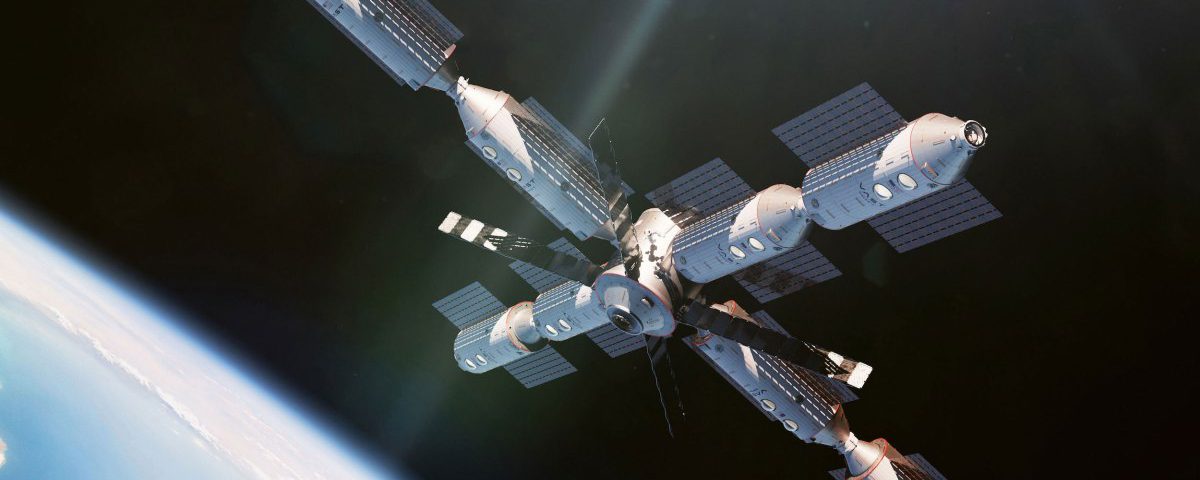2025 could be a big year in the endeavor to replace the space station

3 sci-fi movies on Peacock you need to watch in December 2024
December 30, 2024
How a commander’s defection led to a massacre in Sudan
December 30, 20242025 could be a big year in the endeavor to replace the space station
Keen for its astronauts to continue living in near-Earth orbit after the ISS’s decommissioning, NASA wants private firms to develop their own space stations.
Full Article
Humans have been living and working aboard the International Space Station (ISS) since 2000, but like every piece of aging machinery, the orbital outpost has a limited lifespan. In fact, the ISS only has about seven years left until it’ll be decommissioned and nudged into a rapid descent to burn up in Earth’s atmosphere. Keen for its astronauts to continue living and working in near-Earth orbit, NASA is encouraging private companies to develop their own space stations for deployment. Next year could be a pivotal one for the endeavor to replace the ISS as California-based Vast Space is planning to deploy the Haven-1, an astronaut-ready single-module facility that’s on track to become the first commercial space station to reach orbit. Vast Space hopes that if it can achieve a successful deployment of the Haven-1 module, including putting astronauts aboard, it will bolster its bid for NASA’s Commercial Low-Earth Orbit Destination (CLD) Phase II program, which in 2026 will select at least two providers to build commercial space stations for orbital operations. A nod from NASA would pave the way for the Haven-2 facility, a more complex, multi-module station that Vast Space says could begin deployment in 2028 and be completed by 2032. “Haven-2 is being designed with compatibility in mind, ensuring that international partners can integrate seamlessly into this next-generation platform,” Andrew Feustel, a Vast adviser and veteran NASA astronaut, said recently. “This vision of global cooperation in space will create opportunities for scientific and technological advancements, benefiting new and current sovereign partners, as well as industries around the world.” Other companies aiming to build a space station and vying to be selected by NASA in the CLD Phase II program include Blue Origin, which is leading a consortium that is targeting the development of the Orbital Reef facility and that also includes Sierra Space, Boeing, and Redwire; Voyager Space and Nanoracks in partnership with Airbus Defense and Space, which are targeting a project called the Starlab Space Station; and Axiom Space, which has been gaining experience in recent years through its private astronaut missions to the ISS. The field is crowded, but it’s Vast Space that’s aiming to push such a project forward in a big way in the next 12 months by becoming the first to deploy a commercial space station in near-Earth orbit. On his fourth trip to orbit, NASA astronaut Don Pettit has been sharing some wonderful imagery captured from the International Space Station (ISS) since his arrival there in September. His latest effort shows distant stars, city lights on Earth some 250 miles below, and what he describes as “cosmic fireflies,” but which are actually Starlink internet satellites deployed by Elon Musk’s SpaceX company. The International Space Station (ISS) had to steer clear of a piece of space junk on Monday — the second such maneuver that the orbital outpost has had to make in a week. “The ISS is orbiting slightly higher today after the docked Progress 89 cargo craft fired its engines for three-and-a-half minutes early Monday,” NASA said in a post on its website. “The debris avoidance maneuver positioned the orbital outpost farther away from a satellite fragment nearing the station’s flight path.” Operators of the International Space Station (ISS) were recently alerted to what was described as an “unexpected odor” emanating the Russian Progress cargo spacecraft that docked with the orbital outpost on Saturday. After launching from the Baikonur Cosmodrome in Kazakhstan, the Progress spacecraft brought with it about 2.5 tons of supplies and other cargo for the seven-person crew aboard the orbital outpost. The spacecraft’s arrival at the station’s Poisk module appeared to go smoothly, but when Russian cosmonauts Ivan Vagner and Aleksandr Gorbunov opened the spacecraft’s hatch, they noticed an odor along with drops of an unidentified liquid. Upgrade your lifestyleDigital Trends helps readers keep tabs on the fast-paced world of tech with all the latest news, fun product reviews, insightful editorials, and one-of-a-kind sneak peeks.

